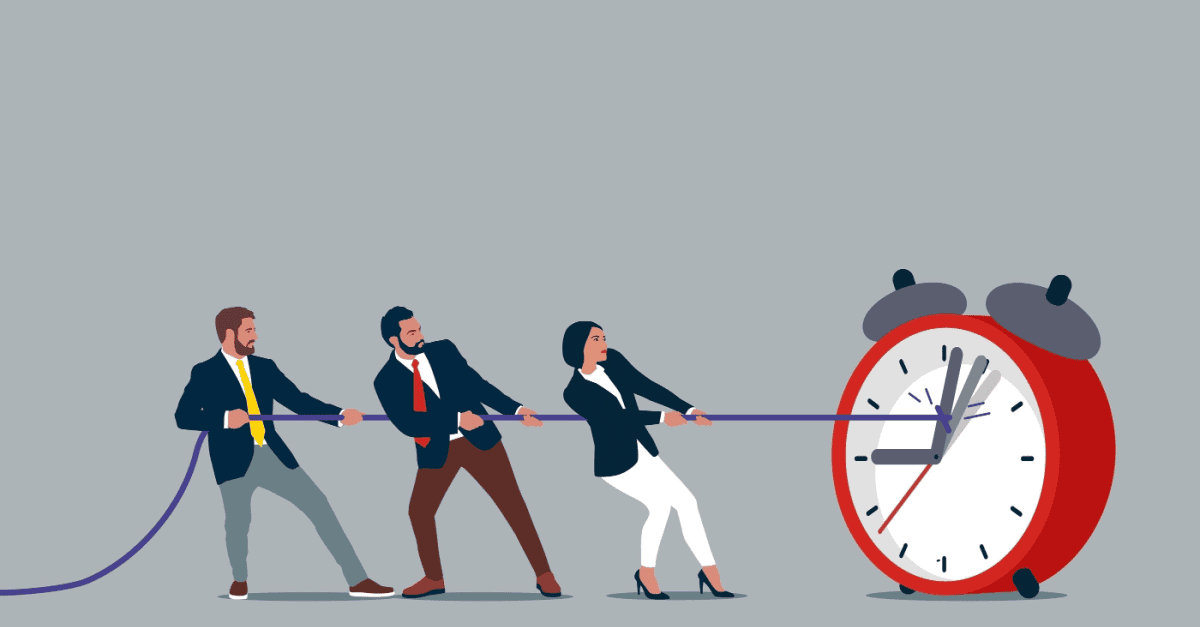
How to Increase Productivity and Quality at the Same Time
We are constantly behind. We always seem rushed. We don’t have enough time. Because of these issues we will often lower our quality standards and just “mail it in”. We stop caring in order to simply complete the task and move it off of our plate. This is the kiss of death when you are trying to stand out in today’s hyper competitive world. Here are two ways to avoid this mistake by slowing down so that you can speed up:
Pay Attention to the Details
Believe it or not, customers notice details that you probably don’t realize. Take presentations for example.
- Are your fonts consistent?
- Are the columns lined up?
- Do the colors match the colors of the prospect’s company?
- Do you have their logo in the presentation?
- Are the pages balanced with white space, words, and images?
- Did you address their challenges upfront and the problems they want to solve or do you immediately go into a commercial about yourself?
The caution here is to not become obsessed with perfection because you’ll become paralyzed. As long as you have the mindset of continually paying attention to the details, you will present a good experience. Remember, perfection is the enemy of progress.
Preparation Amplifies Confidence
You must prepare for EVERY meeting. Yes, I mean EVERY meeting. Even five minute sync calls. The smallest amount of preparation injects confidence into you.
Confidence is an emotion that is transferable. Meaning, people can magically sense confidence in other people.
However, they can also sense desperation. And what we know about humans is that they want to be around confident people and avoid desperate people. A lack of preparation creates a sense of desperation. No pick-up games should be your mantra.
In case you’re wondering, there are profound statistics that back up preparation. One that stands out to me is that 58% of buyers complain that salespeople are not adequately prepared for first time meetings. What this tells us is that they are failing to stand out and are leaving the prospect feeling defeated or less than impressed.
A client of mine had a big presentation planned for a client. He put the presentation together the night before the event, as he normally would do, and then presented the next day. According to him, it didn’t go well. I asked him why. His reply was that he missed the mark on a few key points and forgot a few others.
This is a very typical scenario in the business world. We’re busy and use time compression and memories of cranking out the term paper at the last minute (and getting an A on it!) as a basis of believing we’ll be successful again. The problem is that the stakes are often higher when presenting to clients. We typically have one shot to really stand out.
Preparation Productivity Hack
Take your calendar out and circle a date two weeks PRIOR to the presentation. On that date, start the presentation but DON’T FINISH IT. Set it aside for a few days and then revisit it for a few minutes. Do this as you approach the presentation date.
What happens is that your brain keeps working in the background on the task. It’s thinking of how to make the presentation better: Ideas to improve the experience, how to present concepts, anticipated questions from the audience, alternatives, etc.
Your brain’s creativity is stimulated, which in turn makes the presentation come out better. The cool thing is that you’re not actually spending more total time on the presentation because you’re simply slicing time up into increments – in essence, slowing down so that you may speed up.
Download The Virtual Selling Video Sales Call Check List to gain the competencies to communicate effectively through any virtual channel.
About the author
Keith Lubner
Keith Lubner is Chief Strategy Officer at Sales Gravy and acts as an advisor,…
Get FREE Sales Training Delivered to Your Inbox
Join more than 360,000 professionals who get our weekly newsletter.
Related Articles

Learn Online
Self-paced courses from the
world's top sales experts

Virtual Training
Live, interactive instruction in small
groups with master trainers

Coaching
One-to-one personalized coaching
focused on your unique situation






